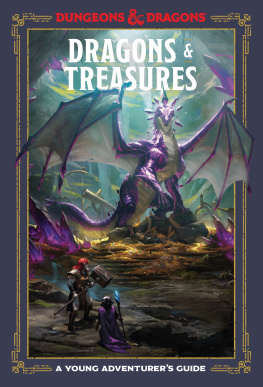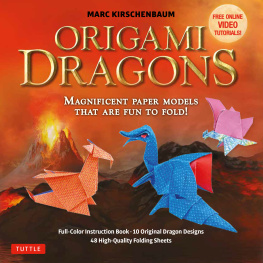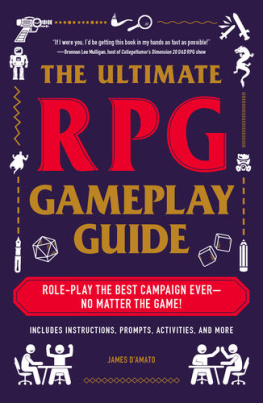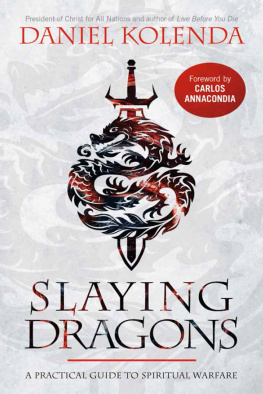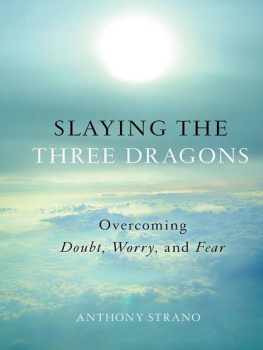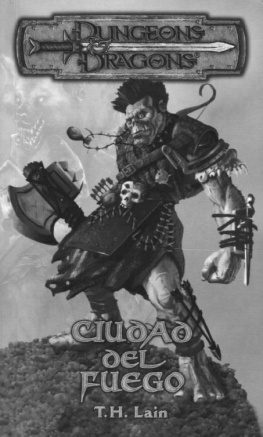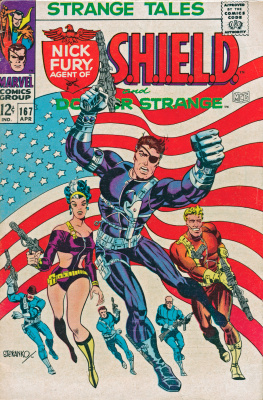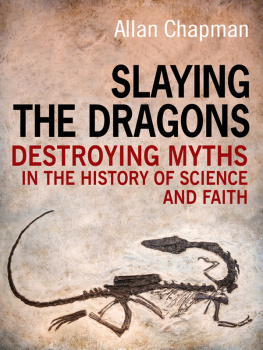Ben Riggs - Slaying the Dragon: A Secret History of Dungeons & Dragons
Here you can read online Ben Riggs - Slaying the Dragon: A Secret History of Dungeons & Dragons full text of the book (entire story) in english for free. Download pdf and epub, get meaning, cover and reviews about this ebook. year: 2022, publisher: St. Martins Publishing Group, genre: Art. Description of the work, (preface) as well as reviews are available. Best literature library LitArk.com created for fans of good reading and offers a wide selection of genres:
Romance novel
Science fiction
Adventure
Detective
Science
History
Home and family
Prose
Art
Politics
Computer
Non-fiction
Religion
Business
Children
Humor
Choose a favorite category and find really read worthwhile books. Enjoy immersion in the world of imagination, feel the emotions of the characters or learn something new for yourself, make an fascinating discovery.

Slaying the Dragon: A Secret History of Dungeons & Dragons: summary, description and annotation
We offer to read an annotation, description, summary or preface (depends on what the author of the book "Slaying the Dragon: A Secret History of Dungeons & Dragons" wrote himself). If you haven't found the necessary information about the book — write in the comments, we will try to find it.
Ben Riggs: author's other books
Who wrote Slaying the Dragon: A Secret History of Dungeons & Dragons? Find out the surname, the name of the author of the book and a list of all author's works by series.
Slaying the Dragon: A Secret History of Dungeons & Dragons — read online for free the complete book (whole text) full work
Below is the text of the book, divided by pages. System saving the place of the last page read, allows you to conveniently read the book "Slaying the Dragon: A Secret History of Dungeons & Dragons" online for free, without having to search again every time where you left off. Put a bookmark, and you can go to the page where you finished reading at any time.
Font size:
Interval:
Bookmark:
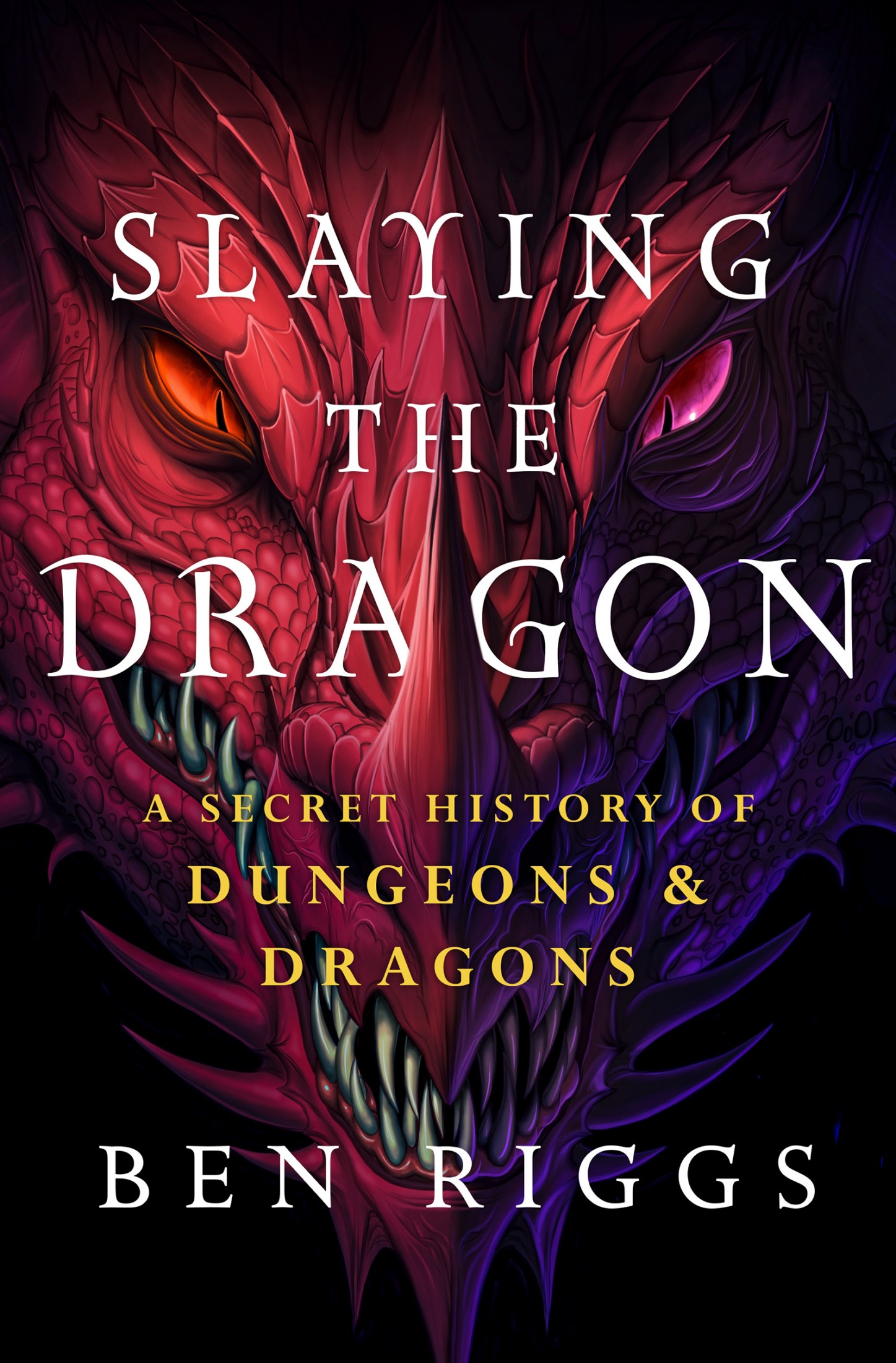
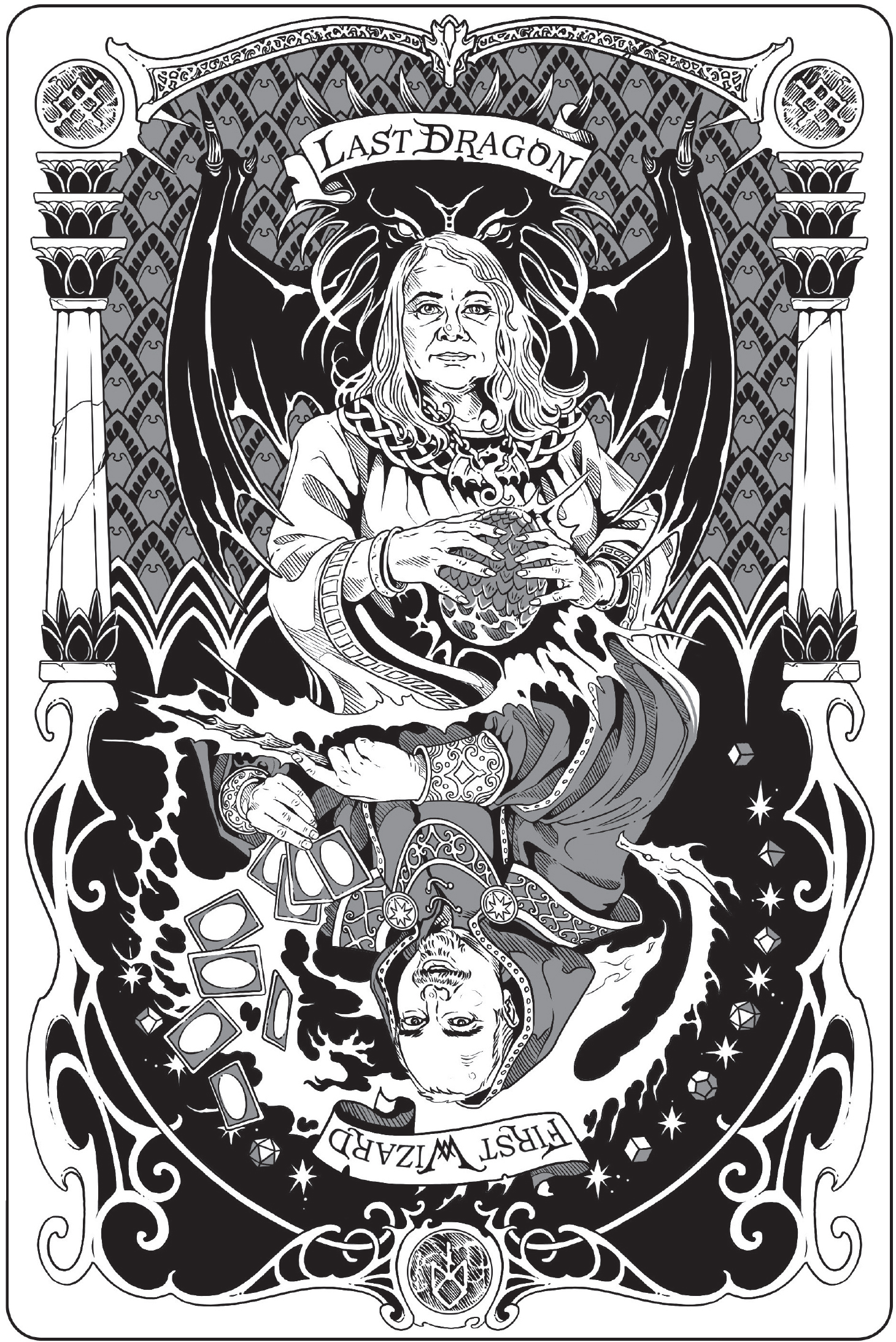
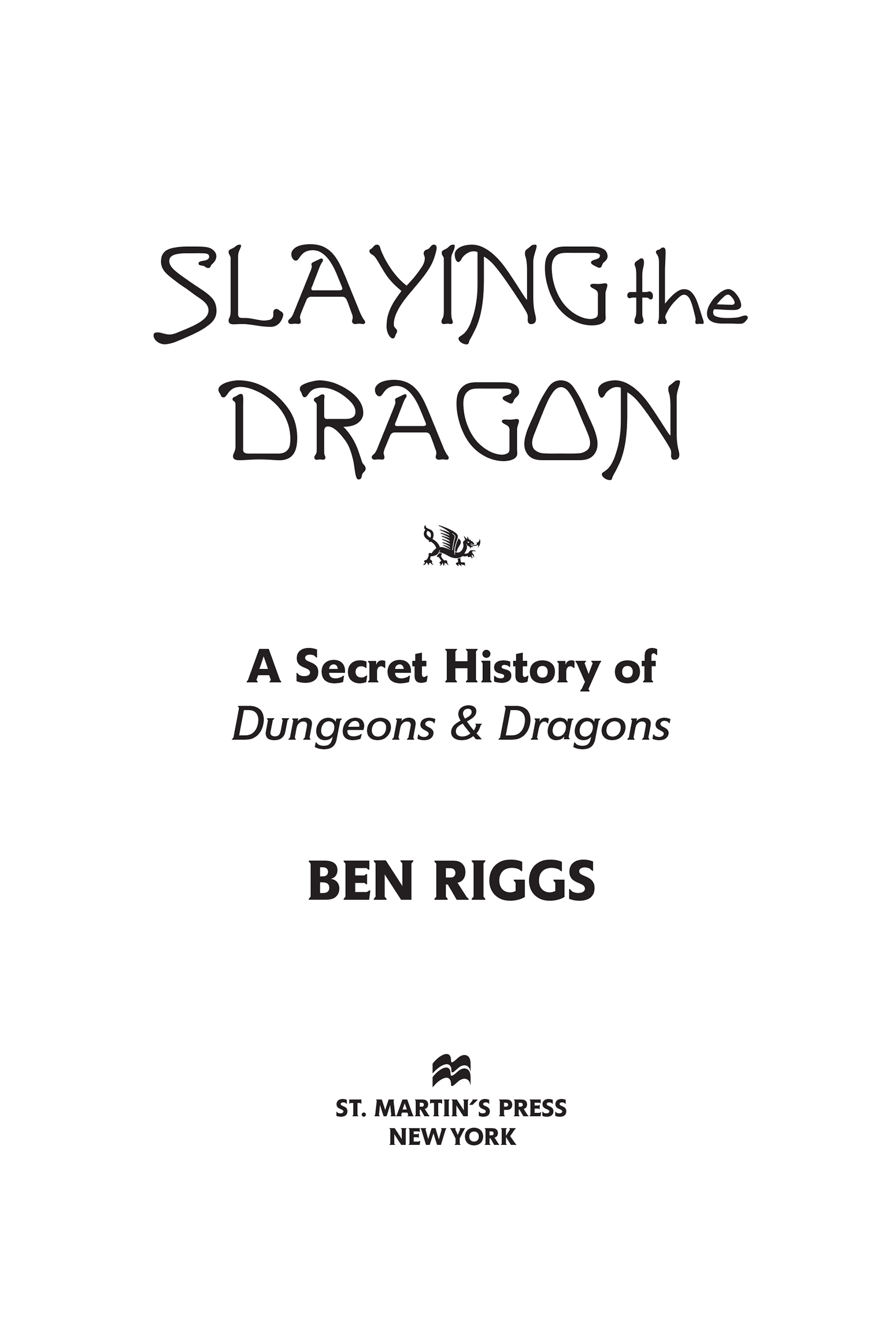
The author and publisher have provided this ebook to you for your personal use only. You may not make this ebook publicly available in any way. Copyright infringement is against the law. If you believe the copy of this ebook you are reading infringes on the authors copyright, please notify the publisher at:
us.macmillanusa.com/piracy.
To Tara and Simon
Lately, I have been reading notes from Wizards of the Coast people about why TSR died away. I have to admit some of their notes are right on. I also want to say that not everything they claimed is true. Truth doesnt matter if you are the winners in the end.
JAMES M. WARD
JIM WARD QUIT TSR in 1996 after decades with the company.
At the time, he was vice president of production, and he resigned because hed been ordered to fire over twenty employees, among them artists, writers, and game designers. In short, the women and men who made up the companys sinews, muscles, and bones. Those firings would have taken an axe to the company he loved, and rather than do that, he quit.
Thats just the kind of guy he was.
TSR was the grand old dragon of role-playing game companies. It founded the industry and published the game that dominated the field, Dungeons & Dragons. At its height, it had gross sales of over $40 million. It ran the largest role-playing game convention in North America, Gen Con. At its offices in Lake Geneva, Wisconsin, dozens and dozens of genius geeks gathered to create games, novels, and art that flooded game stores and malls across the world. To fans, the company was a fixed piece of geography, a mountain where the dawn rose every morning and where you could watch the stars come out every night. It had always been there, and it always would be.
Yet from such heights, it fell so low that Jim Ward was ordered to fire all of those employees. How had it come to this pitiful state? What cataclysms befell it?
Jim Ward had a story.
WARD WAS NOT looking to change his life or find a new career when he went to the Lake Geneva News Agency in 1974. He just wanted to buy some books.
While browsing the fantasy and science fiction section, he picked seven books off the shelves before he noticed a bearded and bespectacled gentleman beside him, likewise carrying seven books.
The exact same seven books.
The bespectacled man asked, Do you really enjoy reading books like that?
Ward replied, Why, yes, I do! and then turned to escape the strange fellow so closely eyeing his book selection.
But the bespectacled man was undeterred. He said, We play games that are more enjoyable than sword-and-sorcery novels; why not stop by some time and try them out? In this game, you could play Conan the Barbarian and fight abominable serpentine gods. It was a fantasy novel done one better. Instead of merely seeing these wondrous worlds through the eyes of Frodo or Fafhrd, you could live in them.
Had Ward come to the bookstore an hour later or chosen a few different novels that day in 1974, the next four decades of his life may have been totally different. Because the man whose book selection matched his was Gary Gygax, cocreator of Dungeons & Dragons and cofounder of TSR, the company hed created to publish the game.
A few weeks later, Ward went over to Gygaxs house and played. Gygax believed Ward waited a few weeks because, during the interim he was checking up to find out if we were merely eccentric or actually dangerous lunatics.
What Ward played there was a revelation, unlike anything else at the time. In most war games, you controlled an army or a unit of soldiers. But in this game, you controlled just one person. Only one! And you could choose whether they were a fighter, a wizard, or a thief, or if they took on an even more outrageous role. Since it was a fantasy world, you could be an elf or a dwarf if you wanted. And you had total control over this one person, called a character. If a band of evil knights stood in your way, your character could try sneaking past, fighting them, or talking the knights into letting you go. It was up to you. If you wanted your character to sing Love Potion No. 9 to distract a cyclops, you could do that too. Now you could fail, and your character could die. After all, if the cyclops didnt like music, it might try to make toothpicks out of your femurs. But the existence of failure just made every choice more vitally important. This was a burst of total freedom bounded only by the imagination.
Gygax told Ward it was called Dungeons & Dragons.
As the years rolled on, Ward became a regular TSR freelancer, and Gygaxs trusted confidant. Ward read and commented on his work. He designed Metamorphosis Alpha, the first science fiction role-playing game. Modestly, he named the ship in the game after himself, calling it the Warden. In 1980, he was finally hired on at the company full-time.
Though fired in 1984, he was hired back again within eighteen months. The person hired to replace him quit within three months because the workload was so heavy, and Wards freelancing duties for the company were so extensive despite not being on the payroll that it was determined it would be cheaper to hire him back. He survived the ouster of Gary Gygax as CEO of the company in 1985 and rose to the position of vice president.
TSR was, for most of its existence, the indispensable gaming company. It had created the entire genre of role-playing and had sales in the millions of dollars supporting a staff of over a hundred people. By the early 1990s, it seemed as central and eternal as the sun.
Meanwhile, in Washington State, a small game company was created called Wizards of the Coast. Like TSR, its first offices were in its owners basement. After a few years producing role-playing games and their supplements, Wizards of the Coast published the game that would define their company and, like D&D, create an entire new genre of game: Magic: The Gathering. In Magic, players take on the role of dueling wizards. They gain power, or mana, from lands they control and use them to power spells against their opponent.
The game was a stunning success, a virtual license to print money for Wizards of the Coast. What made it one of the most profitable games of all time was its all-new collectible aspect. When you bought the game, you didnt get all the cards for it. To get all the cards, you had to buy booster packs. And every time you bought a booster pack, you had no idea what cards you were going to get. Furthermore, some cards were rarer than others. Whole boxes might have to be purchased to find some of the rarest cards in the line. Better yet, having these incredibly rare cards did not just net bragging rights. You could actually use the cards in the game, making you a better player. The fusion of collectability and gameplay built Magic into a nigh-addictive phenomenon. Gamers spent and spent and spent on decks, packs, and cards, sending a river of money surging into the coffers of Wizards. The company burst out of its basement offices to become a titan of the gaming industry. It was even bigger than TSR!
According to Ward, TSR felt like oxygen was being pumped out of the room. Sales began to decline. Ward said this new game was way easier to play than
Font size:
Interval:
Bookmark:
Similar books «Slaying the Dragon: A Secret History of Dungeons & Dragons»
Look at similar books to Slaying the Dragon: A Secret History of Dungeons & Dragons. We have selected literature similar in name and meaning in the hope of providing readers with more options to find new, interesting, not yet read works.
Discussion, reviews of the book Slaying the Dragon: A Secret History of Dungeons & Dragons and just readers' own opinions. Leave your comments, write what you think about the work, its meaning or the main characters. Specify what exactly you liked and what you didn't like, and why you think so.

